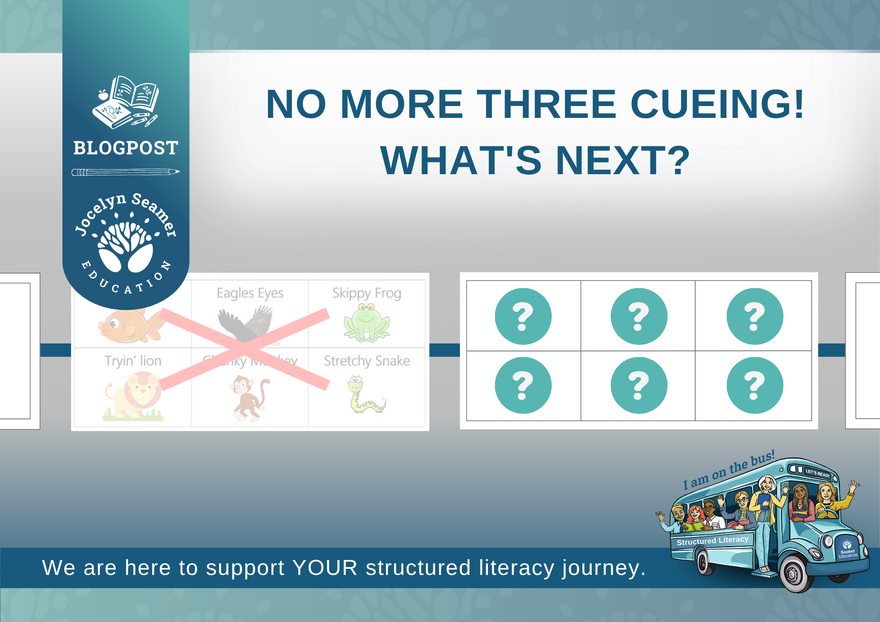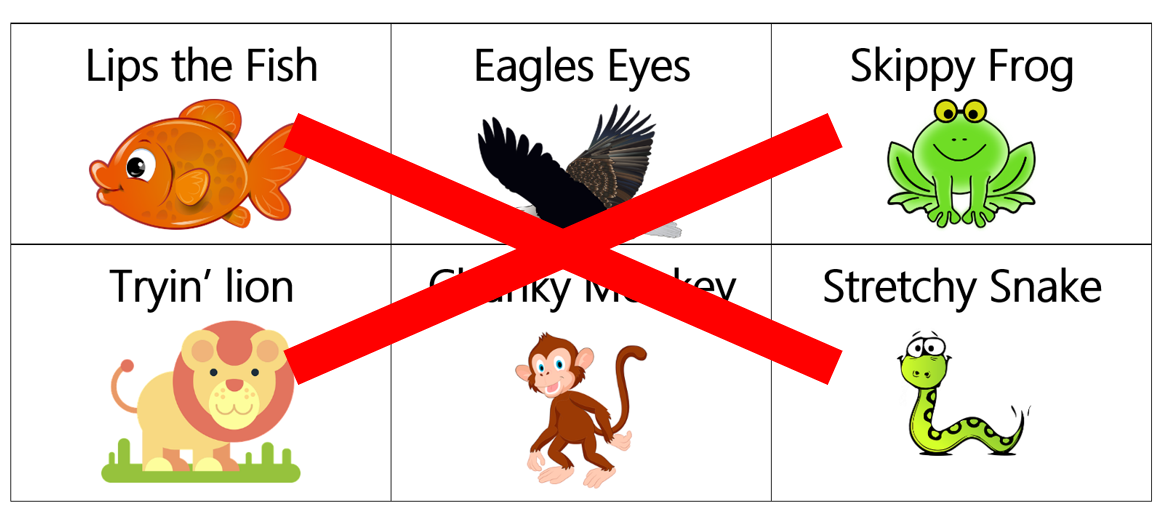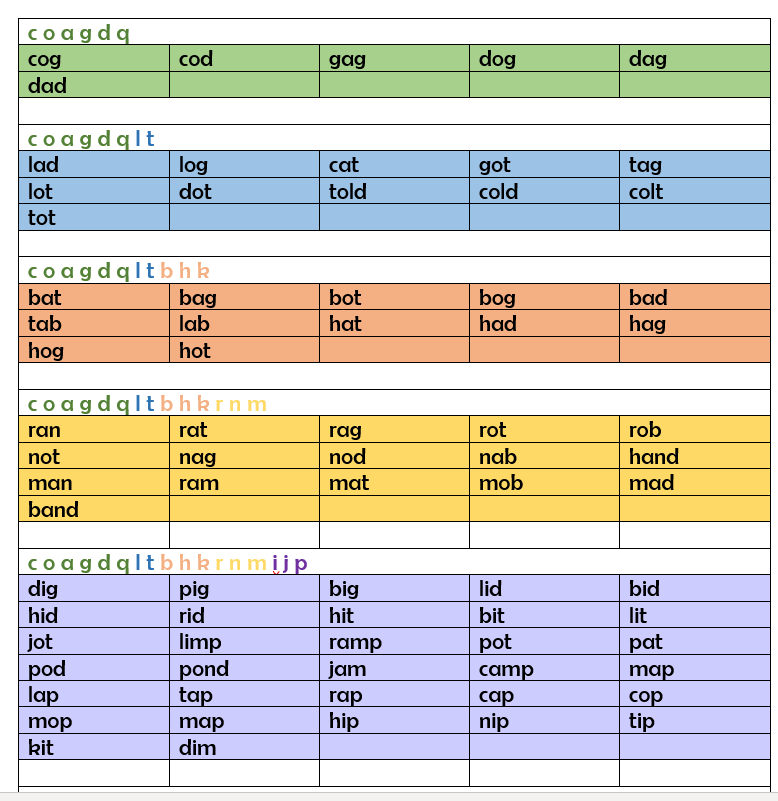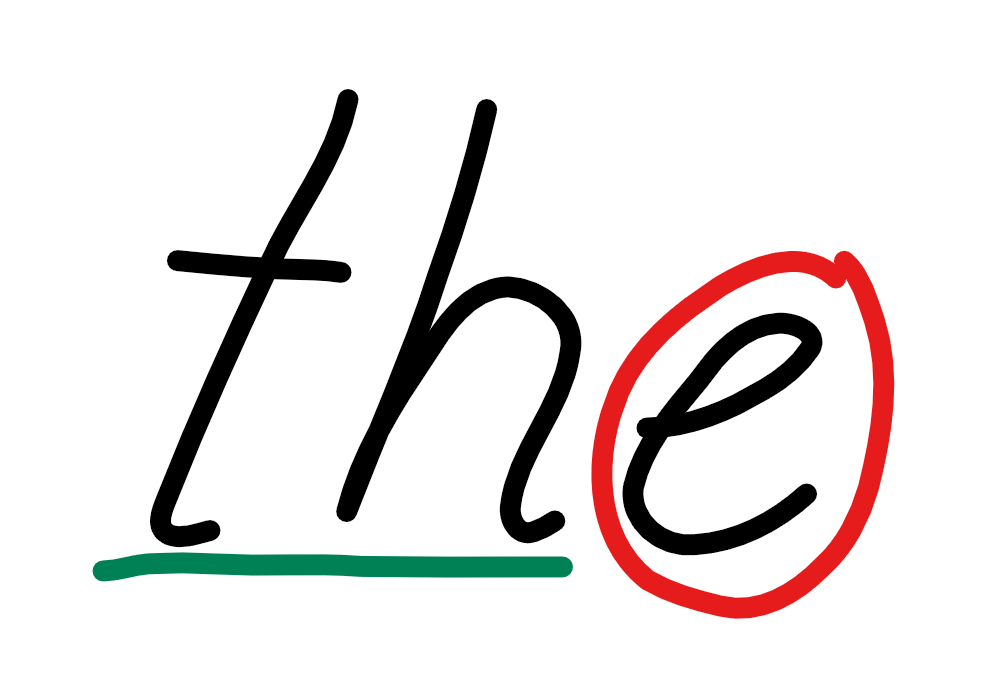No More Three Cueing! What's Next?

There has been a lot of talk lately about the very encouraging announcement that Arkansas in the United States has banned teach children the three cueing method in reading instruction. This means that teachers will need to find an alternative to teaching children to do any of the following:
- Look at the first letter, look at the picture and think about what makes sense
- Skip the word, read on and then come back after you think about what makes sense
- Trying a word that makes sense
- Using their background knowledge to think about what word would make sense
- Looking for little words inside big words

In fact, the difference between teaching children using three cueing and evidence-based practice involves moving ‘sounding out’ from the last strategy to the only one.
Moving to ‘sounding out’ as the primary strategy relies on two things in order for children to be successful decoders:
- Students have automatic phoneme / grapheme correspondence (letter sounds) appropriate to the text they are reading.
- Students can blend those sounds together effortlessly
While these things might seem relatively simple they have significant implications for instruction.
Firstly, you need to concentrate a lot of teaching time on learning these two skills explicitly. The reason that you can’t just provide incidental or self directed exposure to phoneme/ grapheme correspondence is the requirement that children learn to connect sounds with the letters that represent them without conscious thought. This takes very targeted and intense teaching.
Secondly, children need to be taught phonological and phonemic awareness skills explicitly because the process of blending needs to be as automatic as the recognition of the sounds.

Thirdly, because we are no longer going to ask beginning readers to use semantic or syntactic cues to figure out what words are, we need to make sure that we are ONLY giving them things to read that contain sounds that they know. In order to fulfil this requirement your phonics and reading program needs to be cumulative, which means that you can add more words to the ‘list’ as children learn more sounds.
Finally, we will no longer be teaching ‘sight words’ without any kind of word study. Instead, we are going to point out the regular and irregular parts of words and provide practice for new words that reinforces this.

Making the move from three cueing to reading instructed grounded in the science of reading is about way more than simply what we say to children when they get ‘stuck’ on a word. It requires a significant shift in reading practice.

 Jocelyn Seamer Education
Jocelyn Seamer Education
6 comments
Hi Jocelyn, thanks for your post. I would love some more information regarding this, are you able to direct me to any news articles or journals discussing the same?
Leave a comment